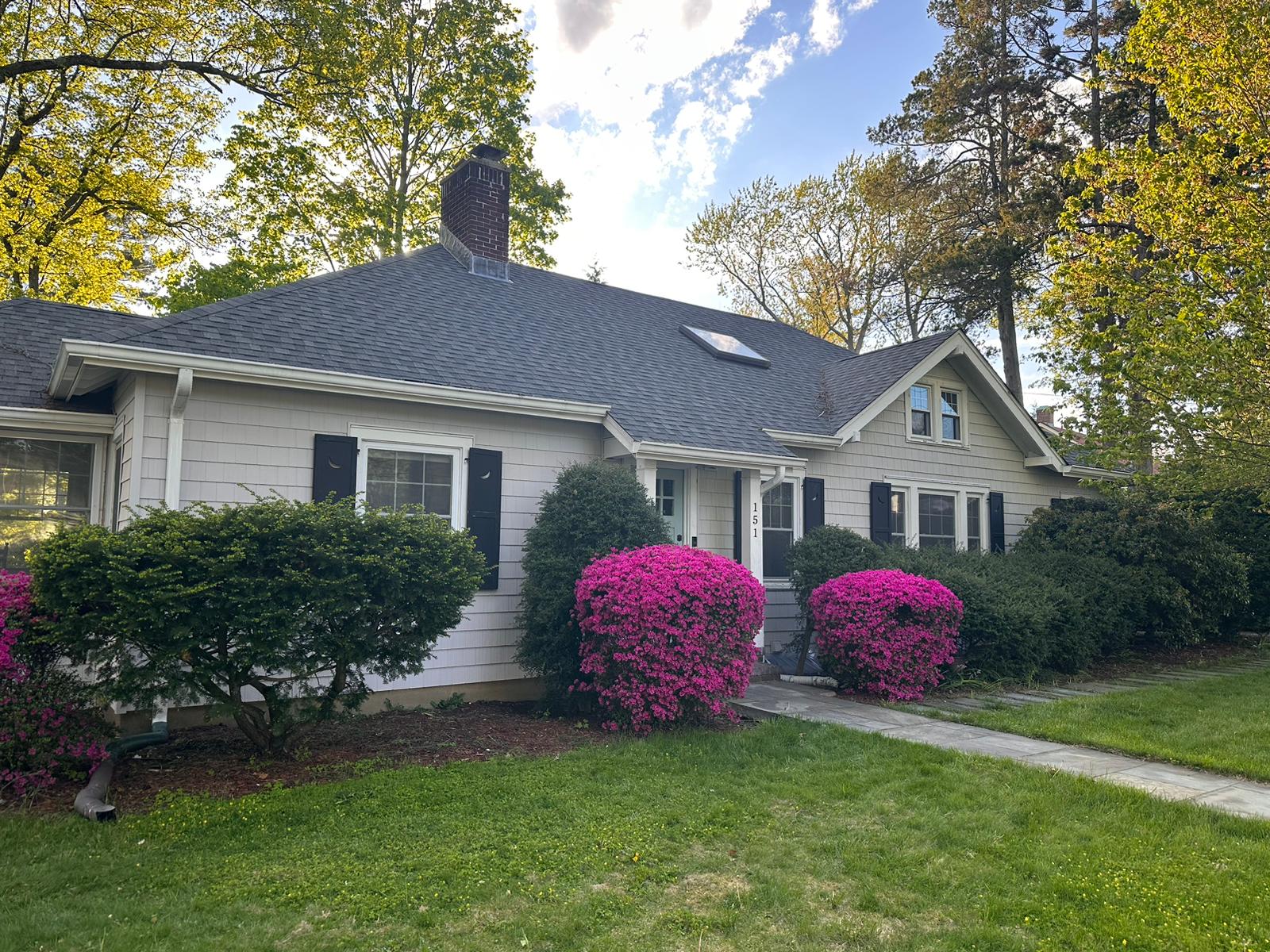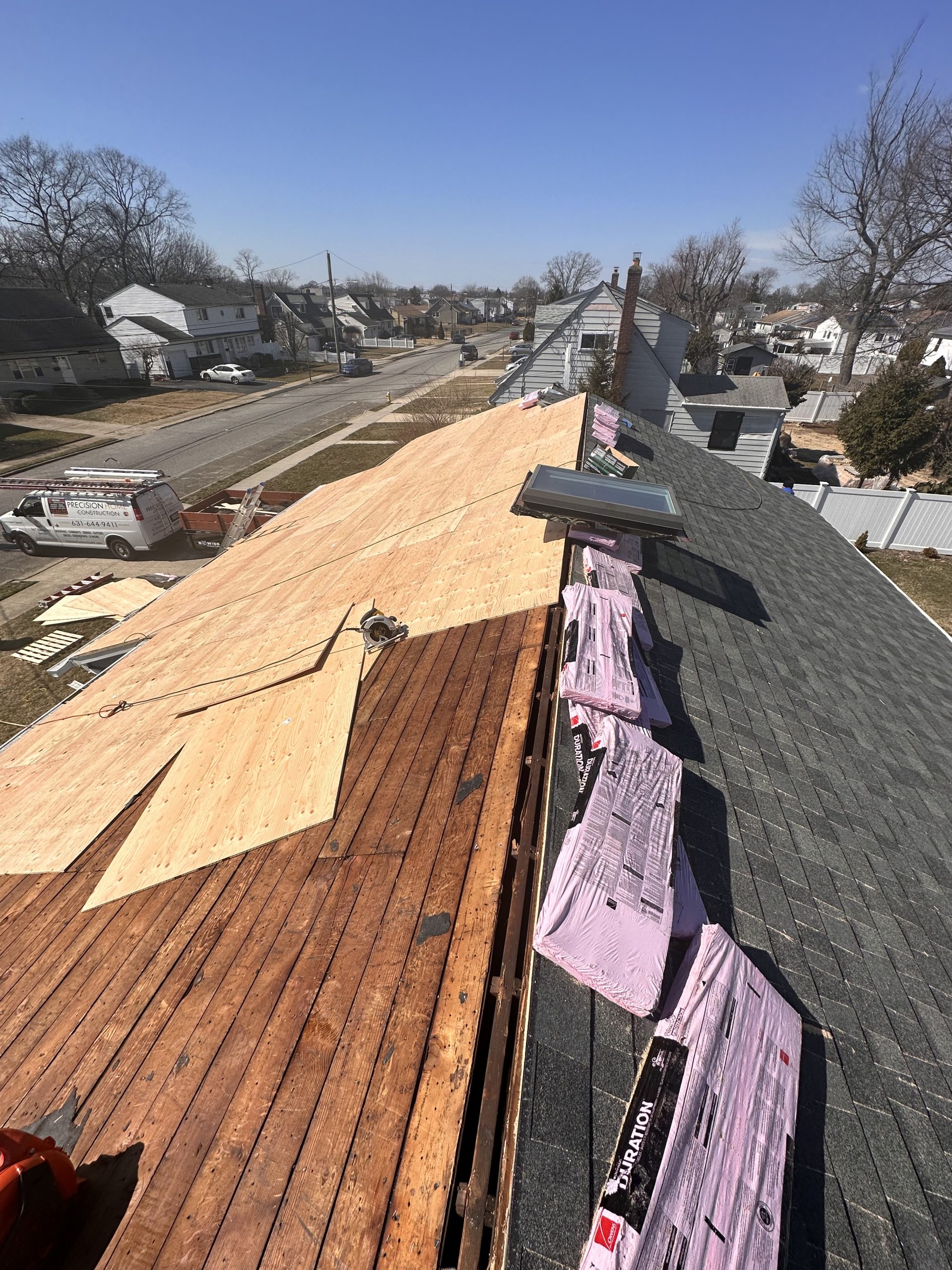The roof is one of the most critical components of any building. It protects us from the elements, provides insulation, and contributes to the overall aesthetics of the structure. Therefore, when it comes to roofing projects, finding the best roof contractor is of paramount importance. With numerous contractors offering their services, navigating through the options might seem overwhelming. However, armed with the right knowledge, you can make an informed decision that ensures a successful and stress-free roofing project.
1. Research and Referrals
Start by conducting thorough research. Ask friends, family, neighbors, and colleagues for recommendations. Personal referrals can provide valuable insights into the quality of work, reliability, and professionalism of a roof contractor. Online platforms, such as review websites and social media, can also offer a wealth of information regarding local contractors.
2. Check Licenses and Insurance
A reputable roof contractor should have the necessary licenses and insurance coverage. A valid license indicates that the contractor meets the required standards and has undergone the necessary training. Insurance coverage, including liability and worker’s compensation, protects you from potential liabilities in case of accidents or damages during the project.
3. Experience Matters
When it comes to roofing projects, experience matters. Look for contractors who have a proven track record of successfully completing projects. An experienced contractor is more likely to handle unexpected challenges and provide efficient solutions.
4. Local Presence
Choosing a local roof contractor offers several advantages. Local contractors are familiar with the local building codes, regulations, and weather conditions. They also have an established reputation within the community, making it easier to verify their credentials and get feedback from previous clients.
5. Written Estimates
Obtain written estimates from multiple contractors. A detailed estimate should outline the scope of work, materials, labor costs, and project timeline. Avoid contractors who provide vague or verbal estimates, as these can lead to misunderstandings and disputes later on.
6. Ask About Warranties
A reliable roof contractor stands behind their work by offering warranties on both materials and labor. Discuss the warranty options available for your project and ensure you have a clear understanding of what is covered and for how long.
7. Communication Skills
Effective communication is essential throughout the roofing project. A good contractor should be responsive to your inquiries, explain technical details in a clear manner, and provide updates on the progress of the project. Clear communication helps avoid misunderstandings and ensures that the project stays on track.
8. Visit Previous Projects
If possible, visit some of the contractor’s previous projects. This provides a visual representation of their work quality and attention to detail. It’s an opportunity to assess the craftsmanship and make an informed judgment about their suitability for your project.
9. Avoid Red Flags
Be cautious of contractors who ask for full payment upfront, use high-pressure sales tactics, or do not provide a written contract. These are red flags that might indicate an unscrupulous or unreliable contractor.
10. Trust Your Instincts
After conducting thorough research and meeting with potential contractors, trust your instincts. Choose a contractor with whom you feel comfortable and confident, and who aligns with your vision for the project.
11. Obtain Multiple Bids
Collect bids from multiple contractors. This not only gives you a better idea of the market rates but also allows you to compare the services offered by different contractors. Keep in mind that the lowest bid might not always be the best choice; consider the overall value offered.
12. Research Their Reputation
Look beyond referrals and online reviews. Check with your local Better Business Bureau for any complaints or negative feedback about the contractor. A solid reputation is a strong indicator of reliability and quality workmanship.
13. Material Options and Knowledge
A reputable contractor should offer a variety of roofing material options and be well-versed in their pros and cons. A knowledgeable contractor can guide you toward the best choice based on your budget, location, and preferences.
14. Sustainability and Energy Efficiency
If environmental concerns and energy efficiency are important to you, inquire about eco-friendly roofing options. A forward-thinking contractor should be able to provide information about sustainable materials and energy-efficient designs.
15. Safety Measures
Safety should be a top priority for any roofing project. Inquire about the contractor’s safety protocols, including the use of proper safety equipment and adherence to industry standards.
16. Payment Schedule
A reputable contractor typically doesn’t ask for full payment upfront. Be cautious if a contractor requires a significant portion of the payment before work even begins. A fair payment schedule ensures that both parties are protected.
17. Contract Details
Carefully review the contract before signing. It should include project specifics, such as start and completion dates, materials to be used, total cost, payment schedule, and any warranties offered. Don’t hesitate to seek clarification on any unclear points.
18. Subcontractors and Crew
Ask whether the contractor will be using subcontractors or their own crew for the project. If subcontractors are involved, ensure that they also meet the same level of professionalism and expertise.
19. Permits and Documentation
A reliable contractor should handle the necessary permits and documentation for the project. This demonstrates their familiarity with local regulations and a commitment to doing things by the book.
20. Emergency Services
Inquire about emergency services or post-project support. A contractor who offers ongoing maintenance and repair services shows dedication to their customers’ long-term satisfaction.
21. Communication during the Project
Discuss how the contractor plans to communicate with you during the project. Regular updates on progress, challenges, and changes can keep you informed and ease any anxieties you might have.
22. Trust Your Gut
In addition to all the practical considerations, trust your instincts. A trustworthy contractor will make you feel confident and at ease throughout the process. If something doesn’t feel right, don’t hesitate to explore other options.
23. Get Everything in Writing
From estimates to contract details, make sure everything is documented in writing. Verbal agreements can lead to misunderstandings down the line. A written record protects both you and the contractor.
24. Continuous Learning
Roofing technology and techniques have evolved over time. Inquire about the contractor’s commitment to ongoing training and staying updated with the latest industry trends.
25. Follow-Up and Feedback
After the project is completed, provide feedback on your experience. This not only helps the contractor improve but also assists other homeowners looking for reliable roof contractors.
In conclusion, finding the best roof contractor requires a combination of research, diligence, and intuition. By considering factors such as reputation, safety, communication, and documentation, you can navigate the selection process with confidence. Remember that your roof is a long-term investment, and choosing the right contractor is an investment in its durability, functionality, and overall appeal.













